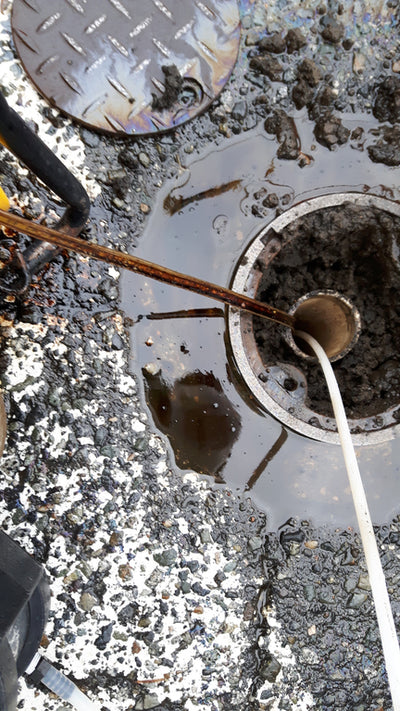Uranium in Drinking Water: What You Need to Know
RSS
Christina Liu, & Dr. Eric Roy, Ph.D.
The US Geological Survey (USGS) recently released a study showing that private wells in the Northeast contained elevated levels of uranium and arsenic. While uranium is commonly found in well water, it can also be found in municipal water systems. Uranium is commonly detected in water systems that have groundwater as a source, especially ones with naturally occurring uranium in the bedrock. This article addresses some basic questions you may have about uranium in drinking water and what you can do about it.
What Is Uranium & Where Does It Come From?
Uranium is a naturally occurring radionuclide typically found in groundwater. Uranium enters water by leaching from soil and rocks, or in releases from processing plants. Long term exposure to uranium in drinking water increases the risk of kidney cancer in humans. Uranium can also decay into other radioactive substances, such as radium, which has also been known to cause cancer. The current EPA federal standard for uranium in drinking water is 30 parts per billion. Most standard pitcher and refrigerator pitchers do not include the necessary filtration media to remove uranium from drinking water.
Should I Be Treating My Drinking Water Like Radioactive Waste?
Absolutely not. The concentrations of uranium in drinking water are nowhere near the levels found in radioactive waste. There is absolutely no need to avoid being near your tap water.
What Can I Do To Remove Uranium From My Drinking Water?
Unlike lead, which leaches into water from pipes, uranium comes from the source water itself, so flushing your pipes does not reduce uranium concentrations in water. Boiling water also does not reduce or remove uranium from drinking water.- Ion exchange media does a nice job selectively removing radium and uranium from drinking water, without removing minerals like calcium or magnesium. This is the approach we take in our water filters. This case study presents results from an actual Hydroviv customer on the successful filtration of uranium and arsenic from his well water.
- Reverse osmosis is also a viable way to remove uranium from water for people who are willing to accept the drawbacks, including low flow rate and complexity of installation.
How Can Hydroviv Help Me?
Hydroviv is a water filtration company that uses water quality data to optimize water filters for each customer's water. Major “points of emphasis” that we use to build water filters include Lead, Arsenic, PFAS, Radium, Uranium, Chromium 6, and Disinfectant Byproducts. We provide formulations specifically for water in your location, but all of our filters also include broad protection against a wide range of contaminants. Questions? Email hello@hydroviv.com.
Hydroviv's drinking water filters are NSF certifications to Standard 42 (aesthetic effects--Chlorine Removal) and Standard 53 (health effects--Lead, VOCs, and PFOA/PFOS removal), and are independently tested to remove hundreds of contaminants.
Other Articles We Think You'll Enjoy:
5 Things to Know About Arsenic in Drinking Water
5 Things that Most People Don’t Realize About Well Water
PFAS: Everywhere We Look, We Find It




